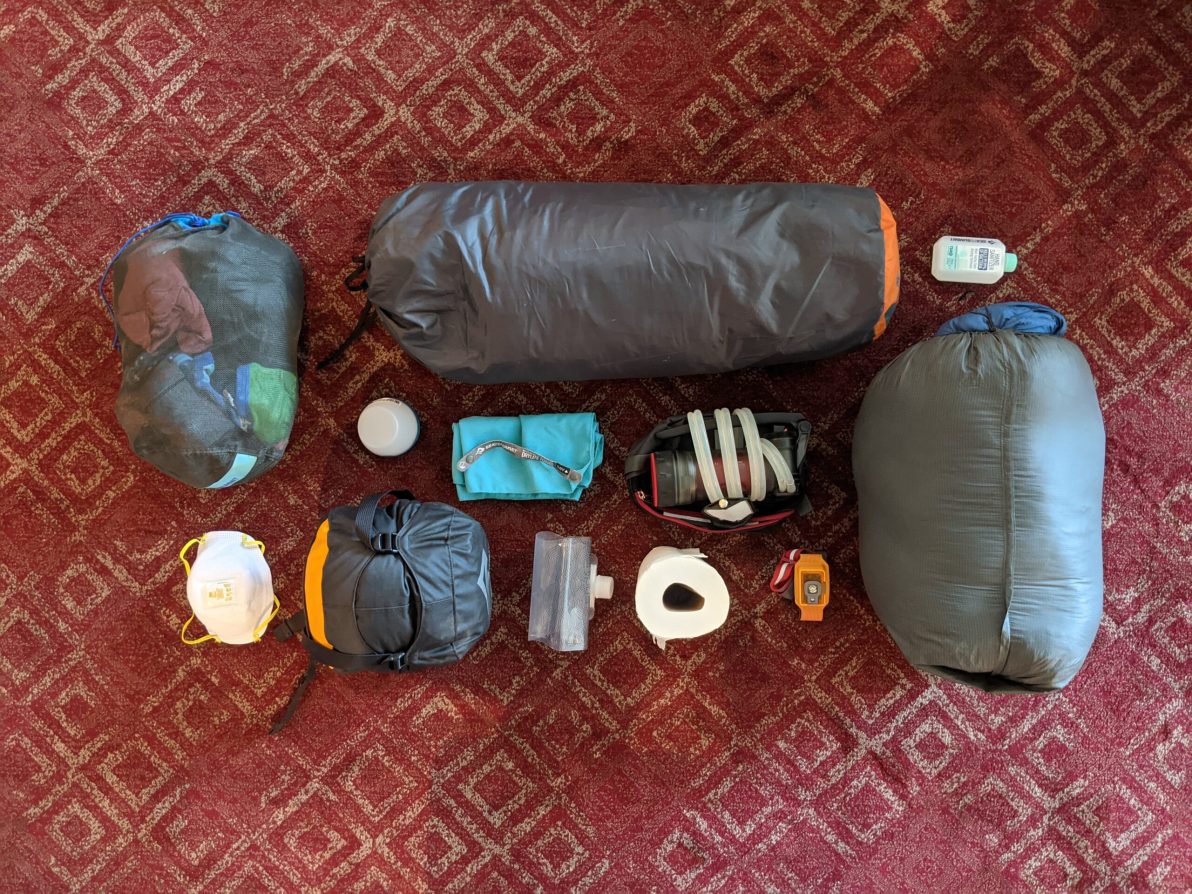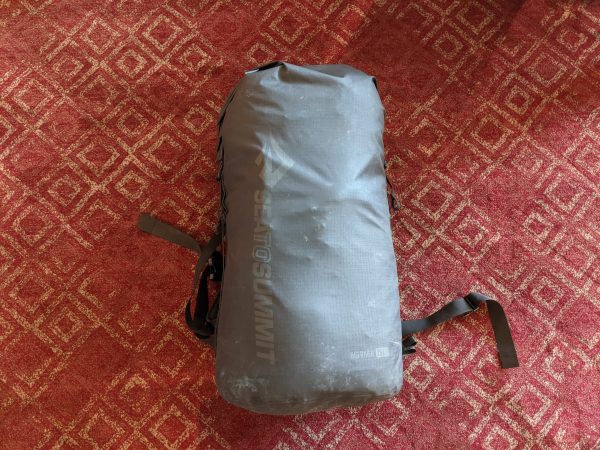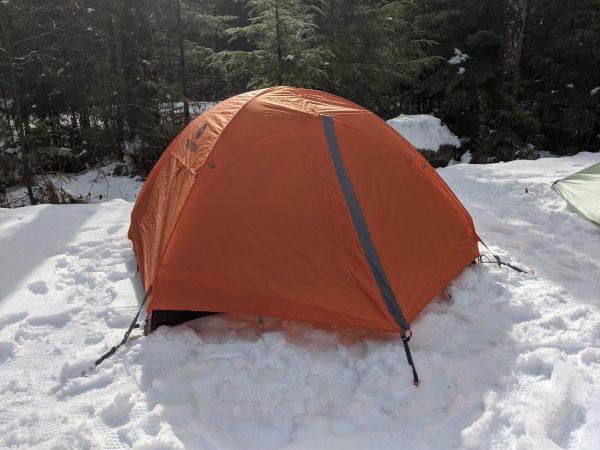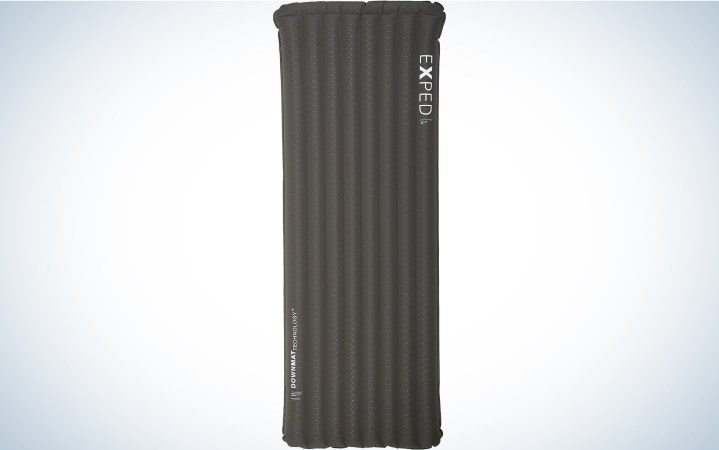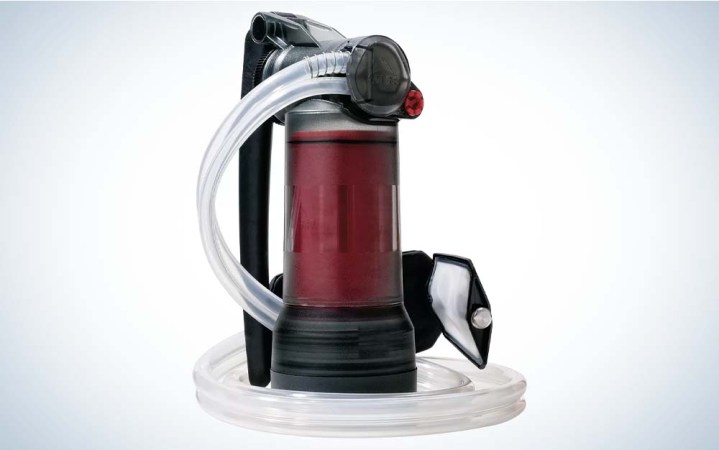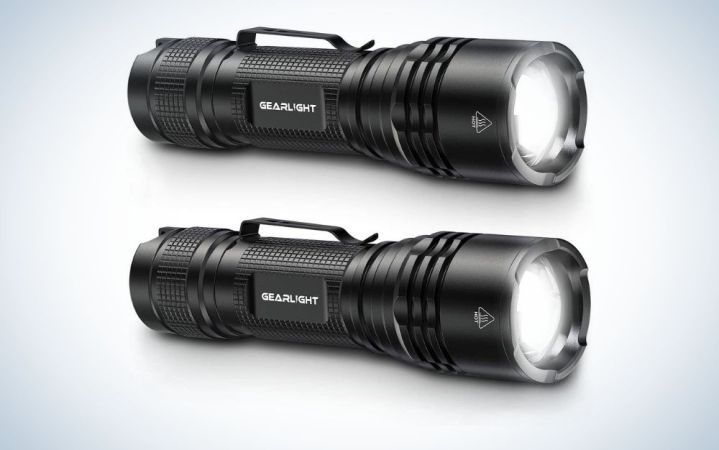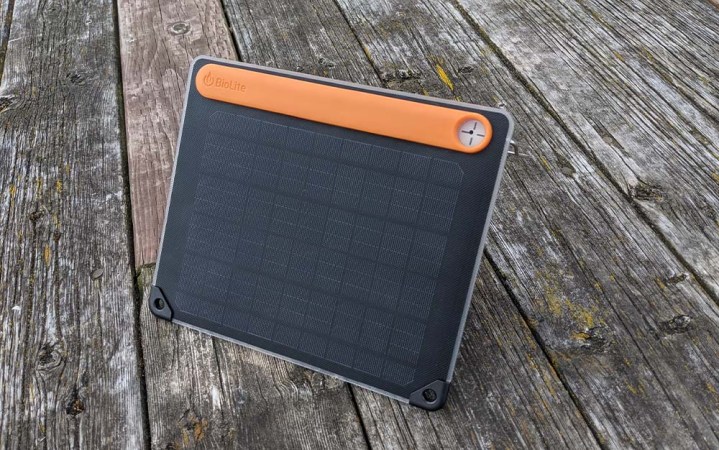We may earn revenue from the products available on this page and participate in affiliate programs. Learn More ›
Every year seems to bring new disasters to different regions of the United States. Hurricanes in the Southwest. Ice storms in Texas. Floods in the Northeast. Wildfires in Hawaii. Whereas once people might have packed a go bag for a single scenario, now they need more flexible kits so that they can be ready to go at any time of day, any time of year.
Where I live, in the PNW, the need to be ready for just about any weather situation is something that people have been grappling with for a while. Scientists uncovered evidence of a significant fault line off the West Coast called the Cascadia Subduction Zone a few decades ago. While most fault lines rumble fairly regularly, such that the death and destruction they cause is reasonably limited, a few have extremely long periods of downtime in between. That’s what happened to Haiti in 2010. And it will eventually happen to the Pacific Northwest. The last time an earthquake occurred along that particular fault line was in 1700, and it was a 9.0. Current predictions are that there is a 1 in 3 chance of something like that occurring in the next 50 years.
So I need to be prepared to evacuate my home with virtually no notice, at any time of day or night, and at any time of year. (While most homes in the Pacific Northwest can handle our regular spate of earthquakes, it’s unclear if all but the most modern buildings are prepared to withstand a 9.0 earthquake.) I should also mention that I’m a mom, so a lot of the commercial go-bag options give me pause. They might provide enough security for a single able-bodied adult to hack it without the conveniences of modern life, but the littles are a lot more fragile than that. Fortunately, I’ve been testing the best of the best outdoor gear for Outdoor Life. Here’s my go bag list.
My Go Bag List
The Big Three: Food, Water, and Shelter
Go Bag Backpack: Sea to Summit Big River Dry Backpack
My typical go-to backpack for backcountry adventuring is decidedly minimalist: closer to the best ultralight backpacks than the best backpacking backpacks. But for my go bag list, I have different needs. I don’t need something lightweight; I don’t even need a backpack that has great load bearing. What I need is a container that can handle almost any scenario, from rain to snow to sleet. It also needs to be exceptionally durable.
Looking at my gear closet, there was an obvious choice, even if it wasn’t a typical backpack: the 75-liter Sea to Summit Big River Dry Backpack. In addition to being waterproof, this bag is also abrasion-resistant, thanks to its 420D nylon shell. This thing was designed with kayakers and motorbikers in mind to handle some abuse. The downside to this choice is that it lacks the pockets and organization systems of conventional backpacks. But since I’m unlikely to be hoofing it 20 miles with a four-year-old in tow, that isn’t as big of an issue.
Shelter: Marmot Fortress
As I mentioned above, my go bag (and yours, too) needs to be ready for almost any conditions. While experienced survivalists might be able to set up a survival tarp in the dead of night, after experiencing a stressful and potentially traumatic disaster, that will keep the whole family dry during a snowstorm, most of us probably aren’t up for it. Err on the side of caution when sussing out your abilities and needs. Our look at the best 4-season tents included several affordable options that are large enough for several people.
I’m planning to take with me the three-person version of the Marmot Fortress, a 4-season tent that is affordable, straight-forward to set up, and roomy enough for my family of three to spend an indeterminate amount of time in. The downside of this tent is that it is bulkier and heavier than the traditional tarp, but given the importance of shelter in a survival scenario, that’s a trade-off I’m willing to make.
Sleep System: Exped Dura 5R and Enlightened Equipment Accomplice
Your sleep system is the last of the Big Three items in your go bag, which will take up the bulk of the space. I’m referring to it as a system here, because you need more than just a sleeping bag. You also need a sleeping pad, which protects yourself and your family from the cold ground.
Read Next: What is R Value: It’s Why Your Sleeping Bag Doesn’t Keep You Warm
Since my kid is still small, I’m packing a sleep system for two people, which we will squeeze her into. The pad is the Exped Dura 5R, with an R value of 4.8, and it’s being paired with a backpacking quilt, the Enlightened Equipment Accomplice, with a limit rating of 10 degrees, more than enough warmth for even the coldest nights at sea level in the Pacific Northwest.
If you have to choose between bringing enough sleeping bags and a sleeping pad with a high R value, choose the sleeping pad. You can always unzip the bag and spread it out wide enough to cover two people, which will help maximize your overall comfort and warmth. For survival scenarios, I recommend the Exped Dura 8R series, which maximizes space savings, durability, and warmth.
Water: MSR Guardian
Securing a safe water source is one of the most important aspects to survival, up there with shelter. Your approach to water will look different depending on your environment. In more arid places, you may need to plan to pack all of your water, for up to three days, so assume three gallons, in your go-bag. Where I live, there is abundant water at all times of the year. For that reason, I packed one of the best backpacking water filters on the market: the MSR Guardian. While expensive, this filter is self-cleaning and removes viruses, in addition to protozoa and bacteria, making it a smart choice in environments where human contamination is likely to occur due to a loss of local infrastructure.
I would also recommend packing several soft-sided water bottles, which pack down small, in addition to a hard-sided water bottle, like a Nalgene.
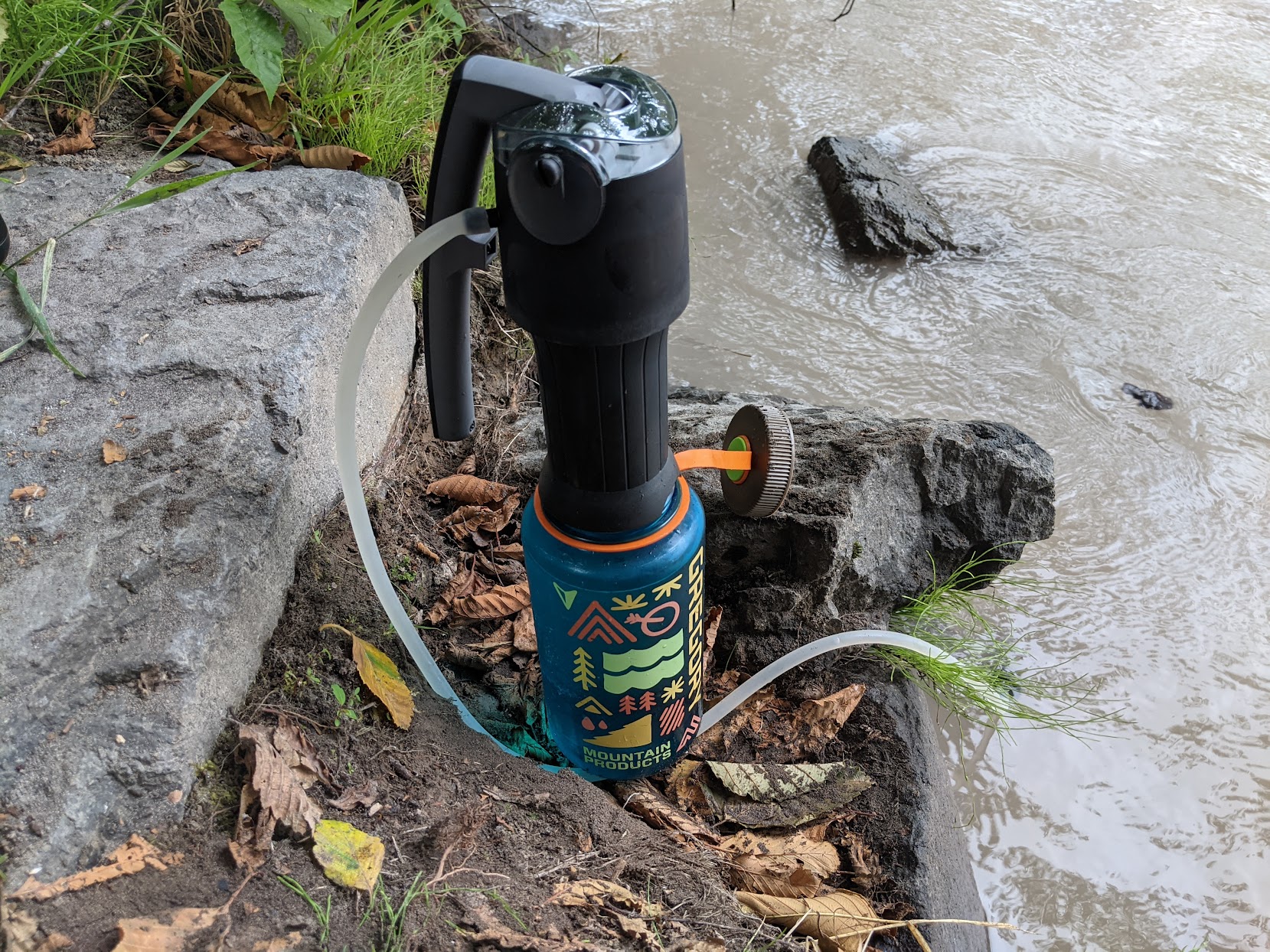
Food
You’ll want to plan to have about three days’ worth of food in your go bag—ideally about 6,000 calories per person. Depending on how many people you have to account for with your go bag list, this can add up fast. To maximize space, you’ll want to focus on foods with a high calorie-to-space ratio, as well as good nutritional content. They also need to have a long shelf life, ideally a couple of years. Beyond that, be sure to pack things that are easy to open (I’d steer clear of cans that require tools to open) and make you and your family happy. Here’s some ideas based on what I packed:
- Protein: tuna pouches, parmesan crisps
- Carbohydrates: easy-to-digest crackers like saltines and Ritz crackers, several bags of trail mix
- Fruits and vegetables: freeze-dried and dehydrated vegetables, like those you can find at Trader Joe’s
- Snacks and Treats: Chocolate and gummy bears
- Electrolyte mixes
To be clear: I wanted to pack a stove in my go bag, but, ultimately, it was space prohibitive. However, I am packing for three people. If you are packing for one person, I would absolutely recommend this, as a hot meal or cup of coffee can go a long way toward boosting morale. I would, personally, avoid even the best dehydrated backpacking meals when putting together a go bag as failure to rehydrate them properly (which is surprisingly easy to do) can result in gastrointestinal distress.
Read Next: Best Survival Food
Set a reminder for yourself to check your go bag on at least a yearly basis to ensure that nothing is too close to its expiration date.
Clothing to Pack in a Go Bag
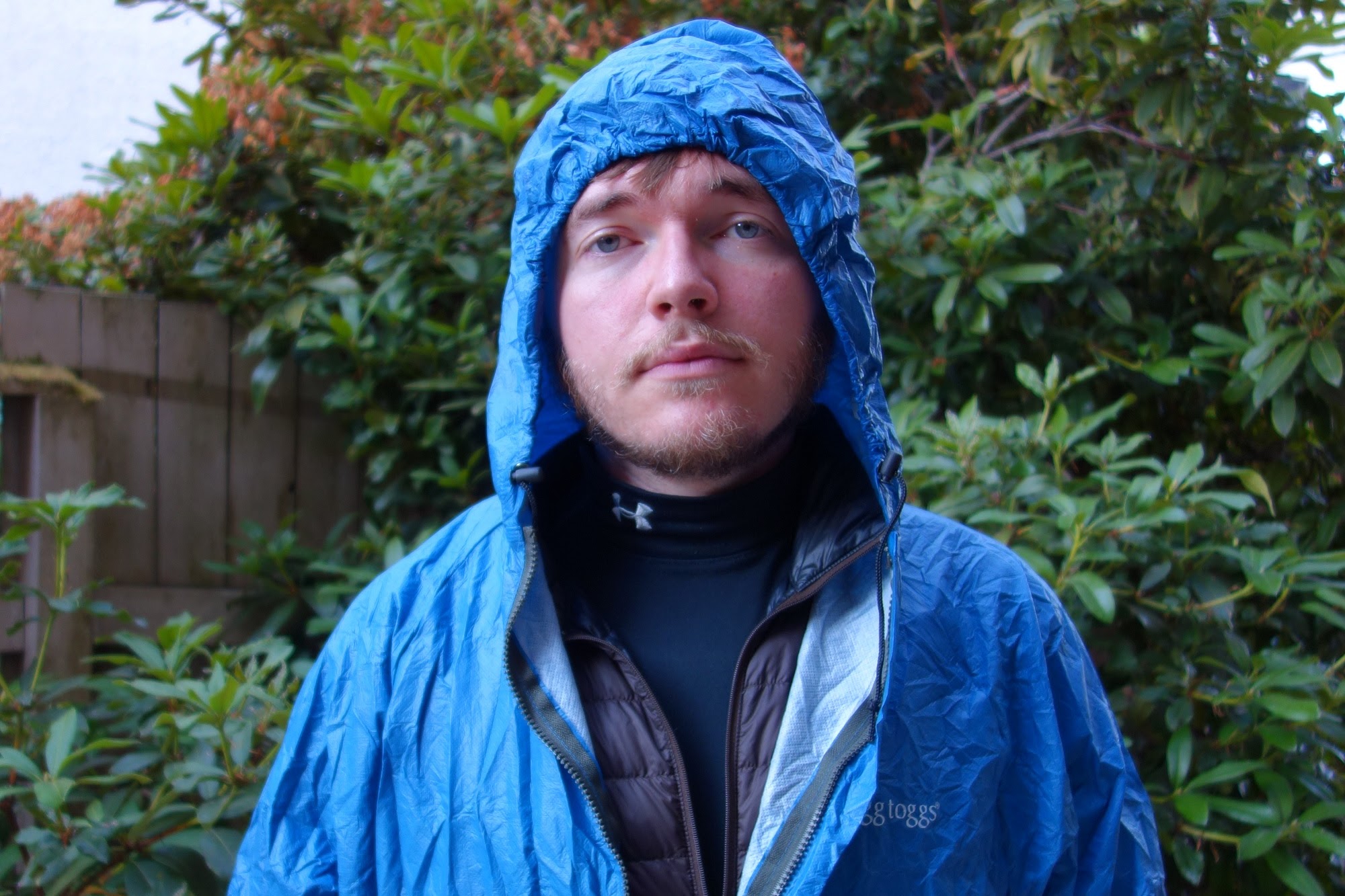
When packing your clothing, focus on layers for maximum versatility. Your first layer is your base layer, which should be made of merino wool due to its moisture management and antimicrobial properties.
Next, you need an insulation layer, which can be made of down or a synthetic material. Finally, choose a rain and wind layer, to protect the rest of your system from the elements. Here’s what I packed for myself:
Base Layer: Montbell Super Merino Wool Lightweight
We tested a number of base layers on the inaugural Outdoor Life test of the best backpacking gear. We were especially impressed with Montbell’s base layers. They were among the most comfortable that we looked at, were comparatively affordable, and boasted a high percentage (85 percent) of merino wool, which helps keep the stink down when you can’t shower for multiple days.
Insulation Layer: Big Agnes Luna / Shovelhead
This was my pick for the best packable down jacket: It’s affordable, packs down small, and is ultra warm.
Rain Layer: Frogg Toggs Ultralite Suit
This rainsuit is one of the most affordable out there and gets the job done. Buy one for each family member to stash in your go bag.
For health and safety reasons, I recommend packing multiple pairs of underwear and socks, as well as a separate layer of clothing to sleep in. While packing footwear directly in your go bag is unnecessary, it may be helpful to have it stacked next to your go bag for easy access. (Having proper footwear on hand is also important.) Keep different family member’s clothes in different stuff sacks to help with organization
Toiletries and First Aid
The below list of toiletries and first-aid items, what I’ve got in my pack, should give you a starting point of what you should pack. Individual choices will vary, so consider the needs of your family when deciding what to include. Always include prescription medications in your go bag.
Bathroom supplies
- Kula cloth—a reusable alternative to toilet paper for women
- Wet wipes
- Feminine hygiene supplies
- Hand sanitizer
First aid kit
- Bandages of various sizes and Neosporin
- Ibuprofen
- Benadryl (or other antihistamines)
- Imodium (or other medications to treat diarrhea)
- N95s
Other toiletries
- Toothbrush and toothpaste
- Soap
- Microfiber towel
- Trash bags
Light and Power
Light: Gear Light S1000 LED
You have many different options for your lighting source, from one of the best flashlights to the best headlamp to the best camping lanterns. Which one of these is right for you will depend on your preferences, but plan to have at least one of them.
Power: BioLite Solar Panel 5+
You will absolutely want a power bank and solar panel for your go bag. Being able to keep your phone charged, so that you can contact family, friends, and emergency services, will be one of the most important determinants of just how long your go bag needs to last you for. I packed the BioLite Charge 80 PD along with the Pale Blue Approach 1, but there are a number of great products out there that you can find for purchase. I’m recommending the all-in-one BioLite Solar Panel 5+ if you’re outfitting yourself from scratch.
While solar chargers are fairly trendy, during our test of the best solar chargers, we found that many of these are functionally power banks with a decorative solar panel element on top. The only power bank and solar panel combination I recommend you purchase at present is the BioLite Solar Panel 5+ or 10+. This panel should keep a single phone charged continuously, assuming you are being careful with the battery life.
Remember to also pack appropriate charging cables for your phone, camping lantern, and any other electronics in your go bag.
Important Documents to Include in Your Go Bag List
The amount of personal documentation you should pack in your go bag depends in large part on one factor: Do you expect to return to your home ultimately? If the answer is yes, then you can likely keep it pretty minimal, by focusing on what you will need for a few days, typically ID, a credit card, and money. If you or any family members have medical conditions that would affect the type of treatment you need in an emergency setting, be sure to pack copies of your medical records as well. Some individuals may also want to pack a copy of their power of attorney.
If you do not expect to return to your home, you’ll want all of the above, as well as copies of the title, registration, and VINs for your cars, a copy of the deed to your home, and with a list of all of your assets.
Other Items to Consider for Your Go Bag List
Bug Repellent
If you live in an especially buggy area and may need to evacuate at the worst possible time for that, it’s a smart idea to pack bug repellent.
Read Next: The Best Mosquito Repellents
Supplies for Pets
Make a plan for your pets in case of a natural disaster. Typically, they won’t need additional shelter or warmth beyond what you are providing for yourself (although in especially cold climates, that may not always be the case), but they will need food, water, and a sense of security. Pack food, bowls for them, and a leash.
Supplies for Babies and Small Children
If you have a baby or toddler, there are many items that you’ll want to make sure you have on hand, including sufficient diapers, baby formula, extra clothing, and plenty of wet wipes. It’s also a good idea to have a stuffed animal packed (ideally a duplicate of one that’s already beloved) to help them find a sense of comfort and security.
Read Next: The Best Sleeping Bags for Kids
Plan Beyond a Go Bag
As part of your go-bag preparation kit, familiarize yourself with local resources. Many communities will host informational gatherings that can provide specific information on the type of natural disaster your community is most vulnerable to, and provide tailored suggestions as to what you should and should not pack as part of your go bag list.
Many communities also have specific text alerts that you can sign up for so that you can know as soon as possible if a wildfire, hurricane, or even earthquake is headed your way.
Take a moment to talk to your family about your evacuation plan. Where do you plan to go, and what route would you use? What will family members do if they are separated when a natural disaster strikes? Determine a meeting or rendezvous point if appropriate and make sure that all family members are confident in getting there independently.
Finally, take a moment to familiarize yourself with the resources and needs of your local community. Do you have a neighbor with medical knowledge? Who has ladders or tools that could be used to dig out trapped individuals? Do you know who in your community is elderly and might be in need of assistance during a natural disaster? Ultimately your go bag is a tool to bridge the gap between when a disaster strikes and when your community will start to come together to rebuild. Start building those relationships now.
